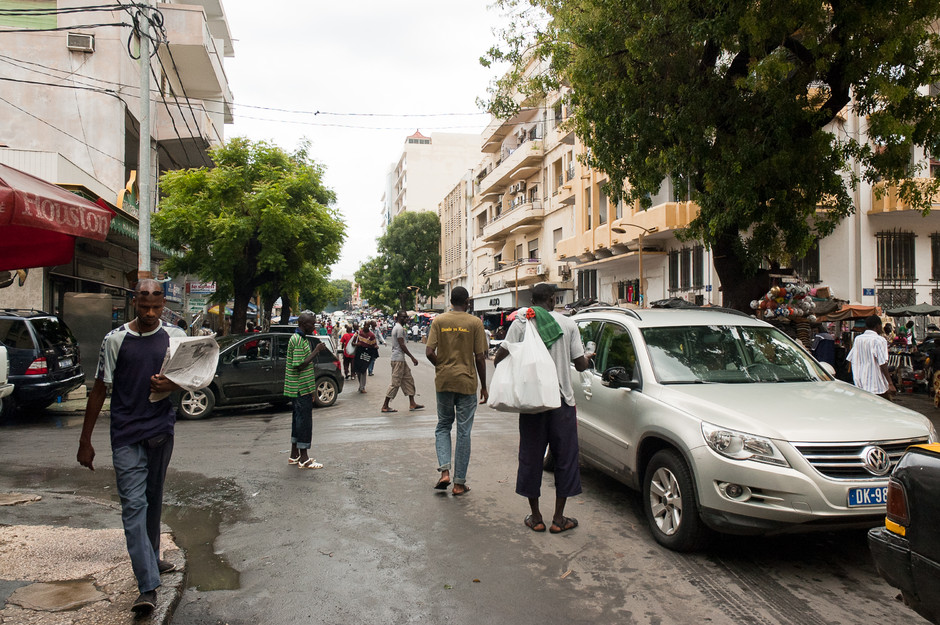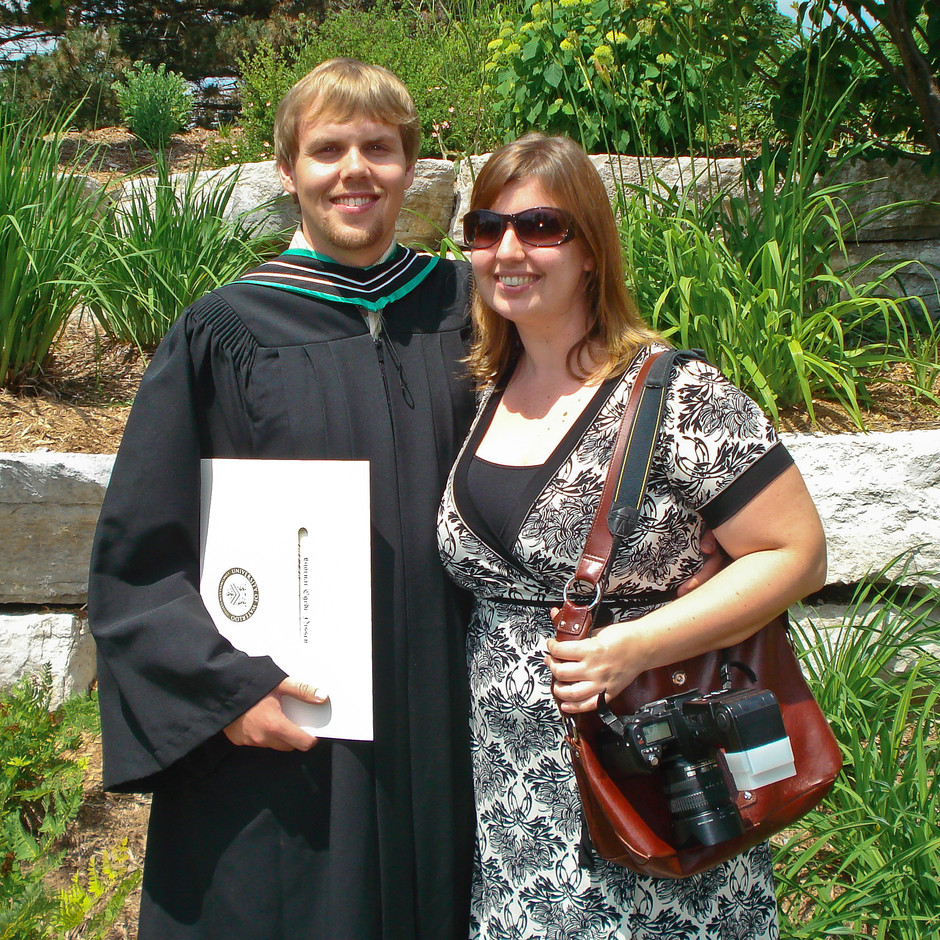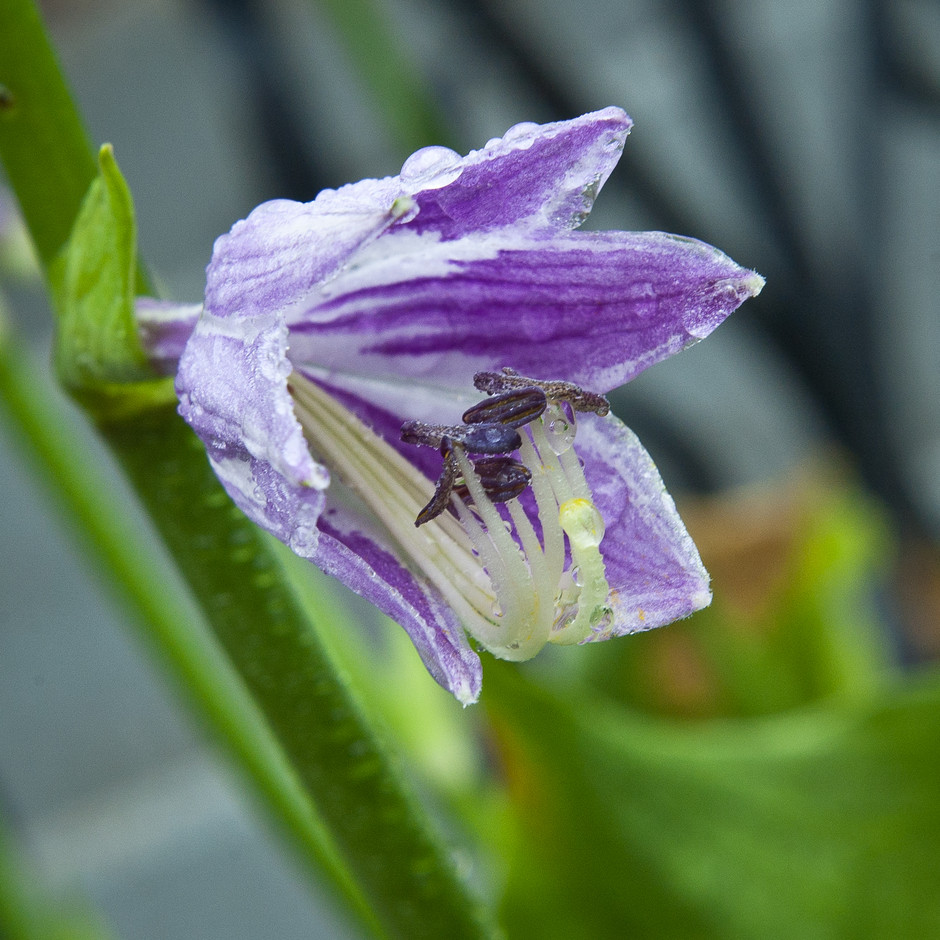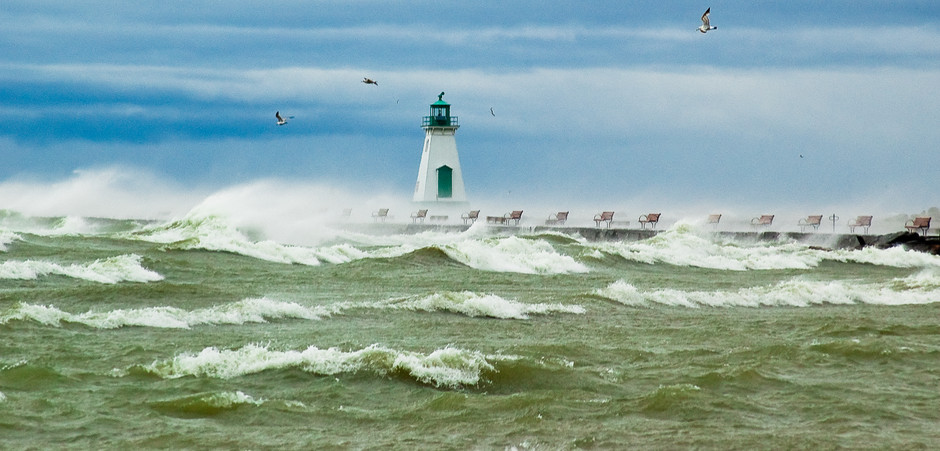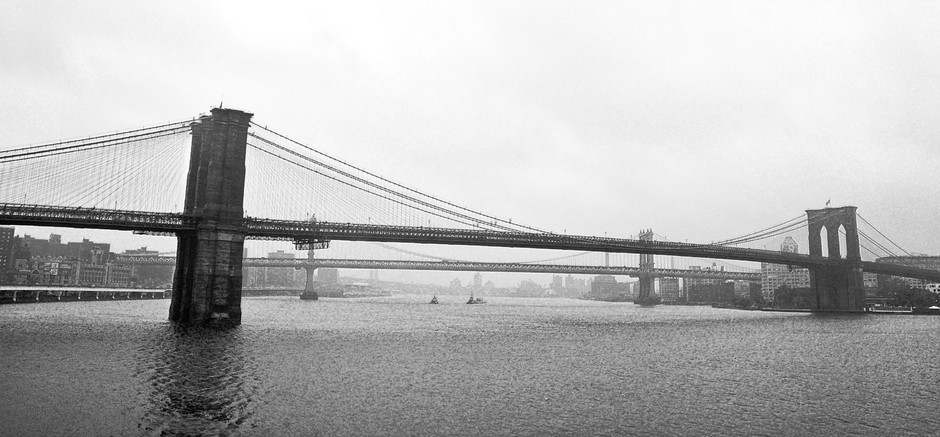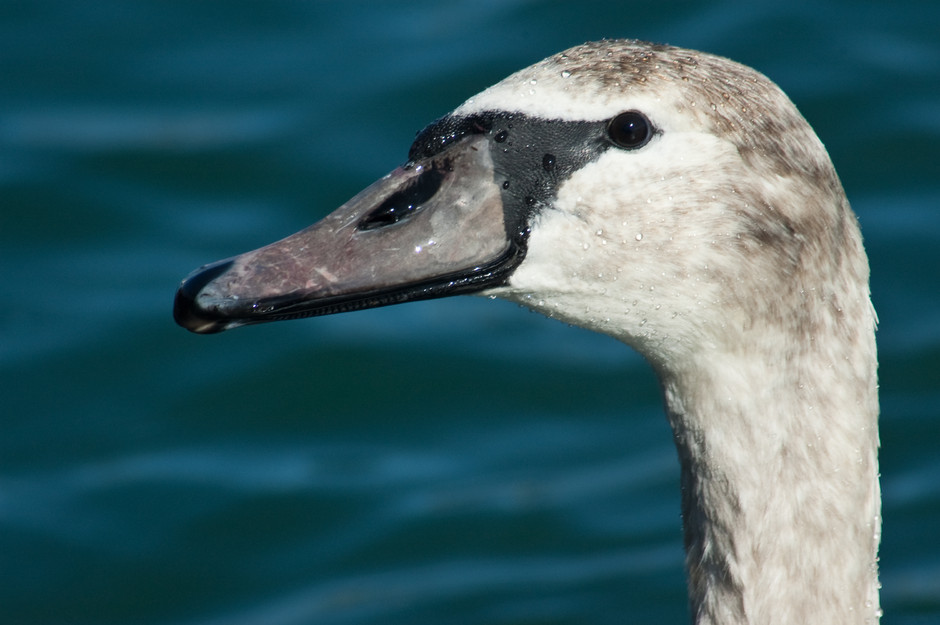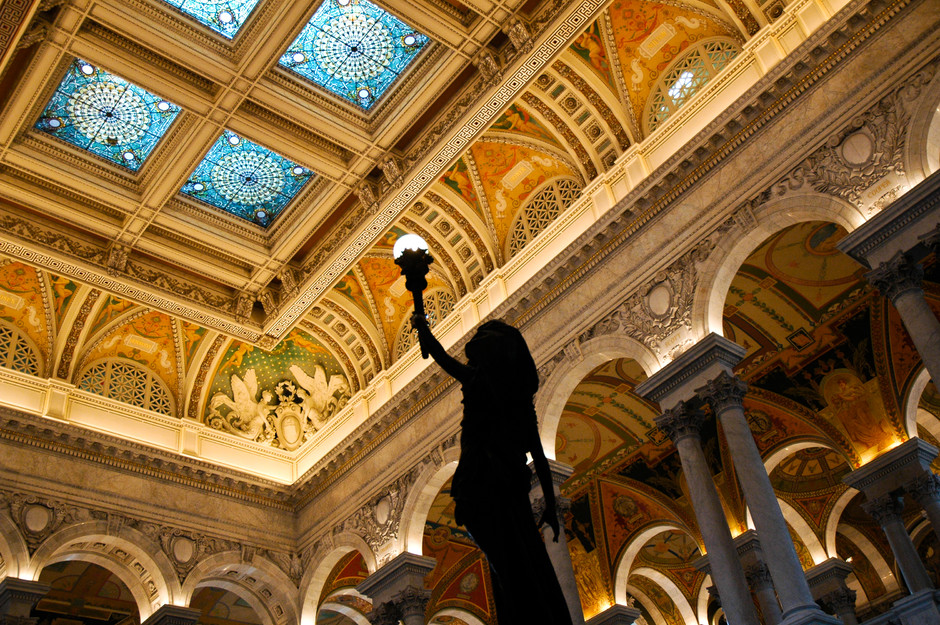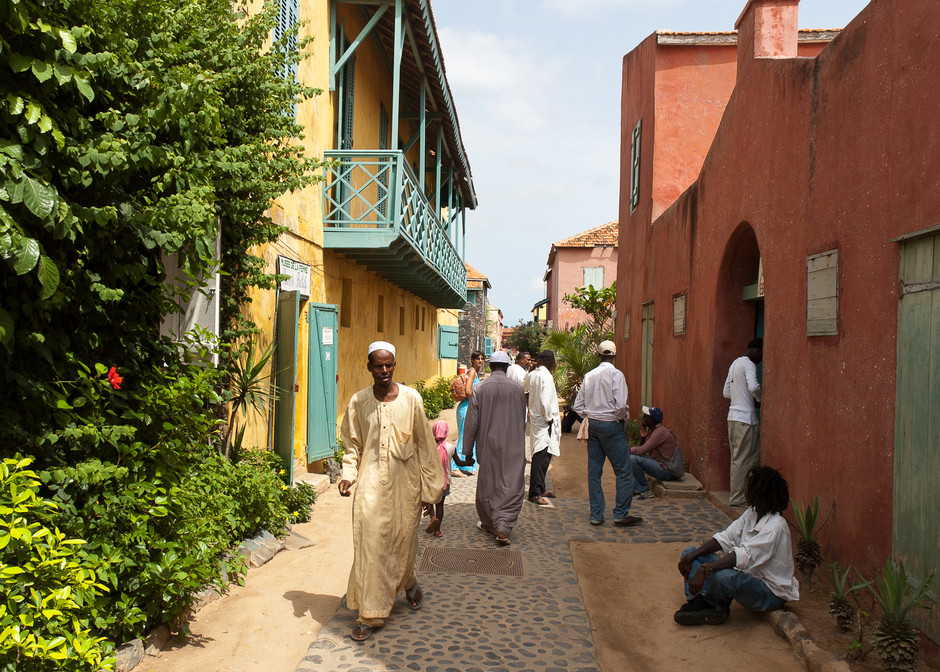
Île de Gorée
Gorée Island is a small but strategic former colonial bastion and slave island, belonging variously to the Dutch, Portugese and French, and finally the Senegalese. Gorée is infamous for being one of the slave shipping ports, though it is disputed how many slaves passed through the island. The red building in the picture is called the House of Slaves, and is supposed to have been where the slaves where jailed and shipped from (through the “door of no return”), though whether this house was actually used for that purpose is also disputed. It was hard to find reliable information on this topic. Slaves do appear to haved passed through the island, however, which was an important node in the colonial trade network in which slave trafficking was an important component.
Does it matter how many slaves passed through here? It still stands as a symbol of the triangular trade and the actions of its colonial masters. Today, however, the low and colourful colonial brick houses, surrounded by plants, trees and flowers, appears utterly idyllic and charming. With lots of bright and colourful art canvases hanging everywhere (in another picture, following soon) — for sale, of course — it was easy to forget this island’s sinister past. Unfortunately, I only had two hours on the island, and although it’s a very small place, it was not enough. I wish I had had more time there, but the guide was hustling and I had to get back to the city and more prosaic requirements (souvenir shopping) than pondering the juxtaposition between the tranquil beauty of Gorée Island today and it’s less than savioury past.
